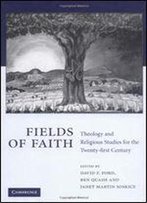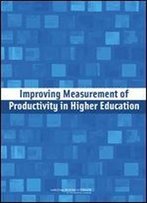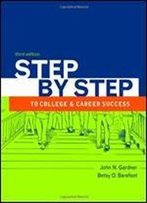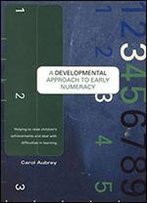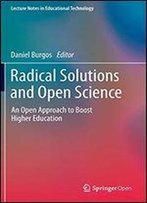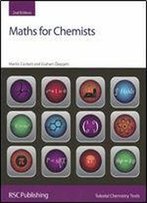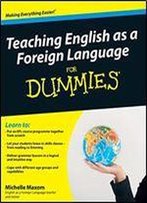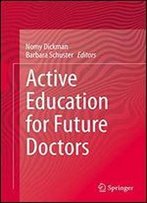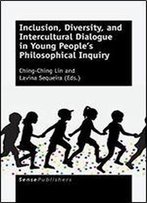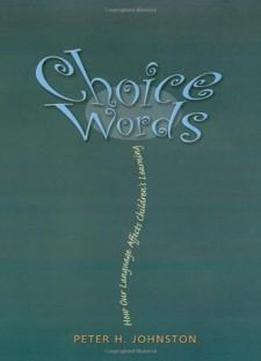
Choice Words
by Peter H. Johnston /
2004 / English / PDF
3.2 MB Download
In productive classrooms, teachers don't just teach children
skills: they build emotionally and relationally healthy
learning communities. Teachers create intellectual environments
that produce not only technically competent students, but also
caring, secure, actively literate human beings.
In productive classrooms, teachers don't just teach children
skills: they build emotionally and relationally healthy
learning communities. Teachers create intellectual environments
that produce not only technically competent students, but also
caring, secure, actively literate human beings.Choice Words
Choice Words shows how teachers accomplish this using
their most powerful teaching tool: language. Throughout, Peter
Johnston provides examples of apparently ordinary words,
phrases, and uses of language that are pivotal in the
orchestration of the classroom. Grounded in a study by
accomplished literacy teachers, the book demonstrates how the
things we say (and don't say) have surprising consequences for
what children learn and for who they become as literate people.
Through language, children learn how to become strategic
thinkers, not merely learning the literacy strategies. In
addition, Johnston examines the complex learning that teachers
produce in classrooms that is hard to name and thus is not
recognized by tests, by policy-makers, by the general public,
and often by teachers themselves, yet is vitally important.
shows how teachers accomplish this using
their most powerful teaching tool: language. Throughout, Peter
Johnston provides examples of apparently ordinary words,
phrases, and uses of language that are pivotal in the
orchestration of the classroom. Grounded in a study by
accomplished literacy teachers, the book demonstrates how the
things we say (and don't say) have surprising consequences for
what children learn and for who they become as literate people.
Through language, children learn how to become strategic
thinkers, not merely learning the literacy strategies. In
addition, Johnston examines the complex learning that teachers
produce in classrooms that is hard to name and thus is not
recognized by tests, by policy-makers, by the general public,
and often by teachers themselves, yet is vitally important.
This book will be enlightening for any teacher who wishes to be
more conscious of the many ways their language helps children
acquire literacy skills and view the world, their peers, and
themselves in new ways.
This book will be enlightening for any teacher who wishes to be
more conscious of the many ways their language helps children
acquire literacy skills and view the world, their peers, and
themselves in new ways.
